Homemade Kaleidoscope
Kaleidoscopes are an incredible tool for witnessing the effects of refracting light, but putting your own kaleidoscope together can be a pain. We’ve simplified the […]
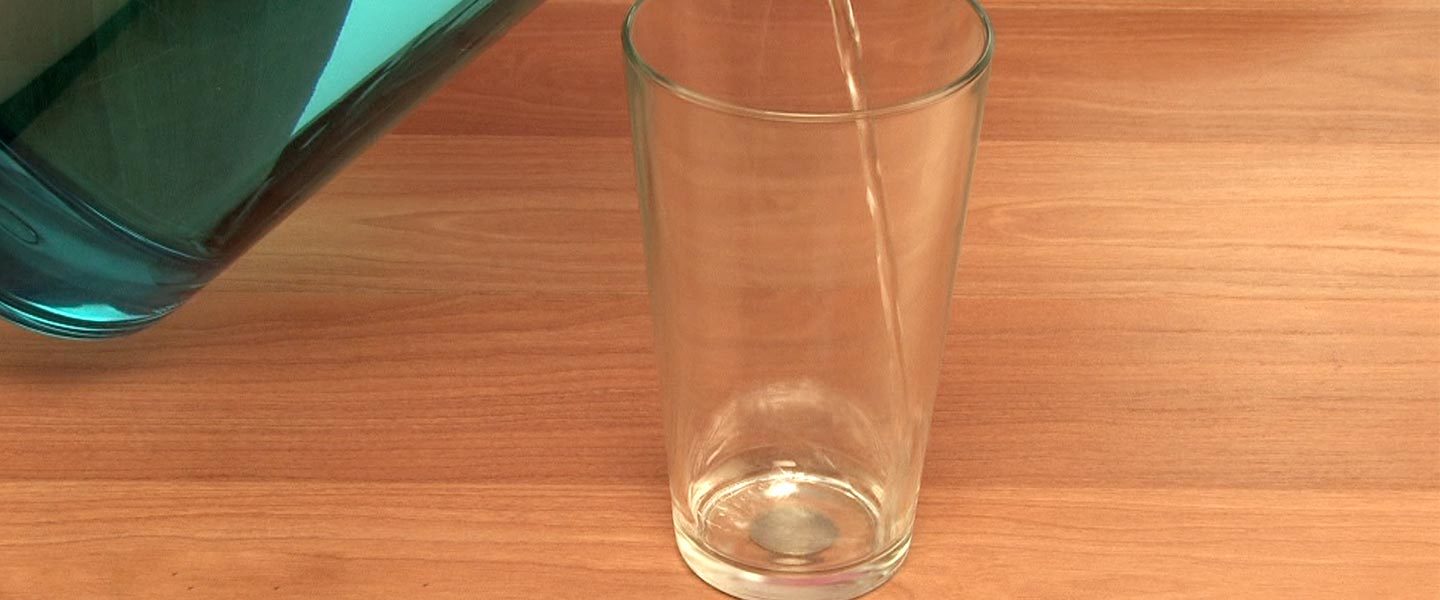
Magicians have made money appear from behind ears and out of nostrils for years. And you’ve seen Steve set a $100 bill on fire without harming Mr. Franklin. That’s all well and good, but we want to teach you a trick that uses science to make money “appear” as if it has disappeared.

Set a coin on a flat surface like a table or counter.
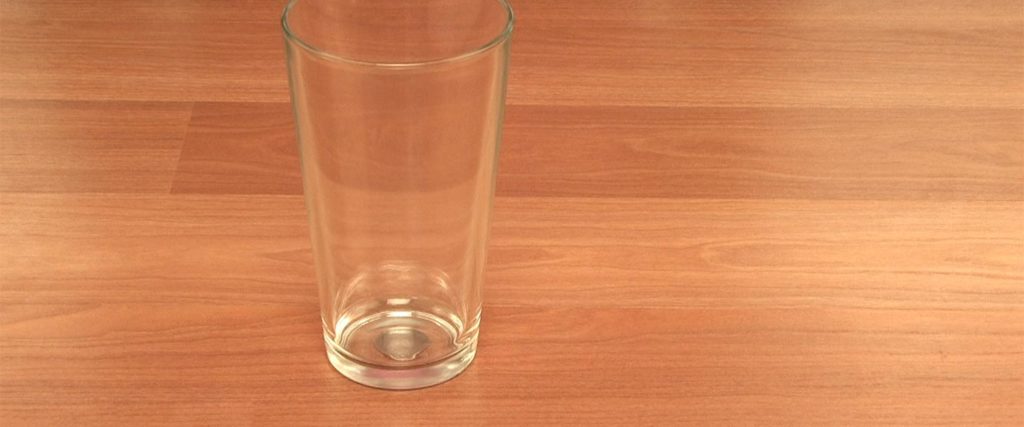
Place the base of a clear drinking glass over the coin.
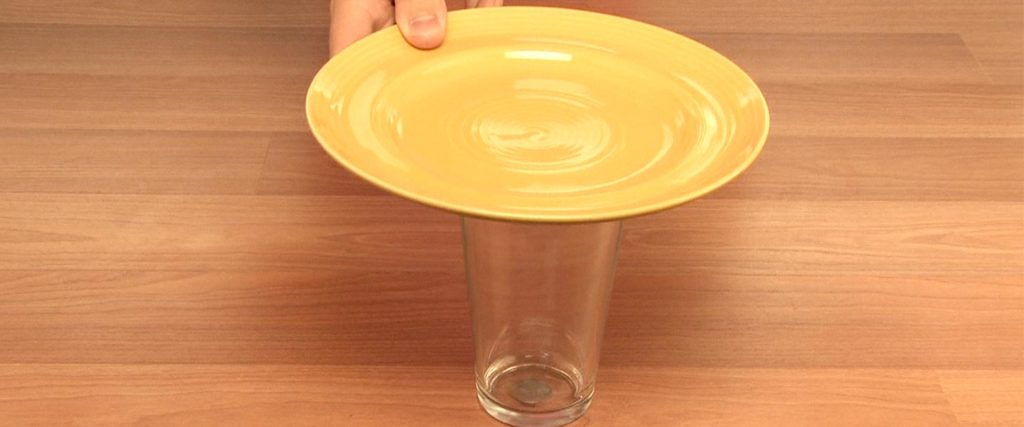
Cover the mouth of the glass with a small saucer. Looking in through the side of the glass, you can still see the coin.
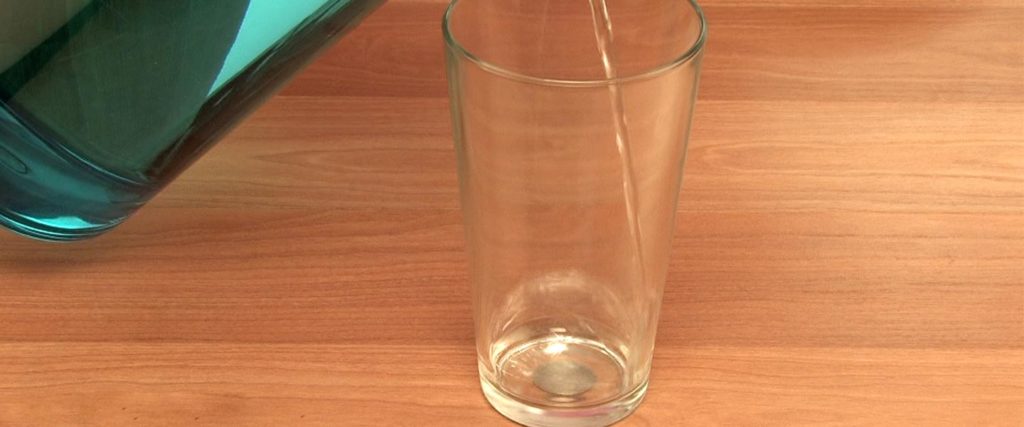
Now, tilt the saucer back and fill the glass with water.
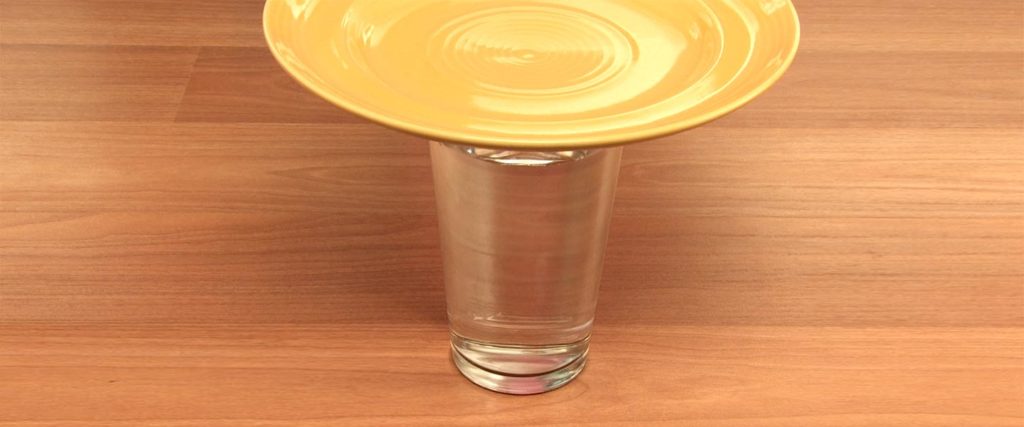
Once you’ve filled the glass, replace the saucer. Can you still see the coin through the side of the glass? It’s disappeared!
Take the saucer off of the mouth of the glass. Peer straight to the bottom of the glass through the water. There’s that tricky coin!
The trick behind the Disappearing Money experiment is the refraction of light. Images that we see are all light rays that reach our eyes. When these light rays travel through air, they experience little or no refraction. That’s why you can still see the penny through the side of the empty glass.
When you poured water into the glass, it was as though the penny had disappeared, but it was really just some bending light rays. After traveling through the water and the side of the glass, none of the rays were able to reach your eyes. Refraction occurs because of the molecules in the substances that the light rays are passing through. Gas molecules are spread out. This is why little to no refraction occurs. However, when light rays pass through a substance such as water, the refraction is greater because the molecules are closer together.
So when the light rays are traveling from the money through the water, they are refracted and cannot make it to your eyes. In fact, the glass also refracts the light even more! The image ends up being projected near the top of the glass after the light refraction it has undergone. You would be able to see it if the saucer were not strategically placed on top of the glass.